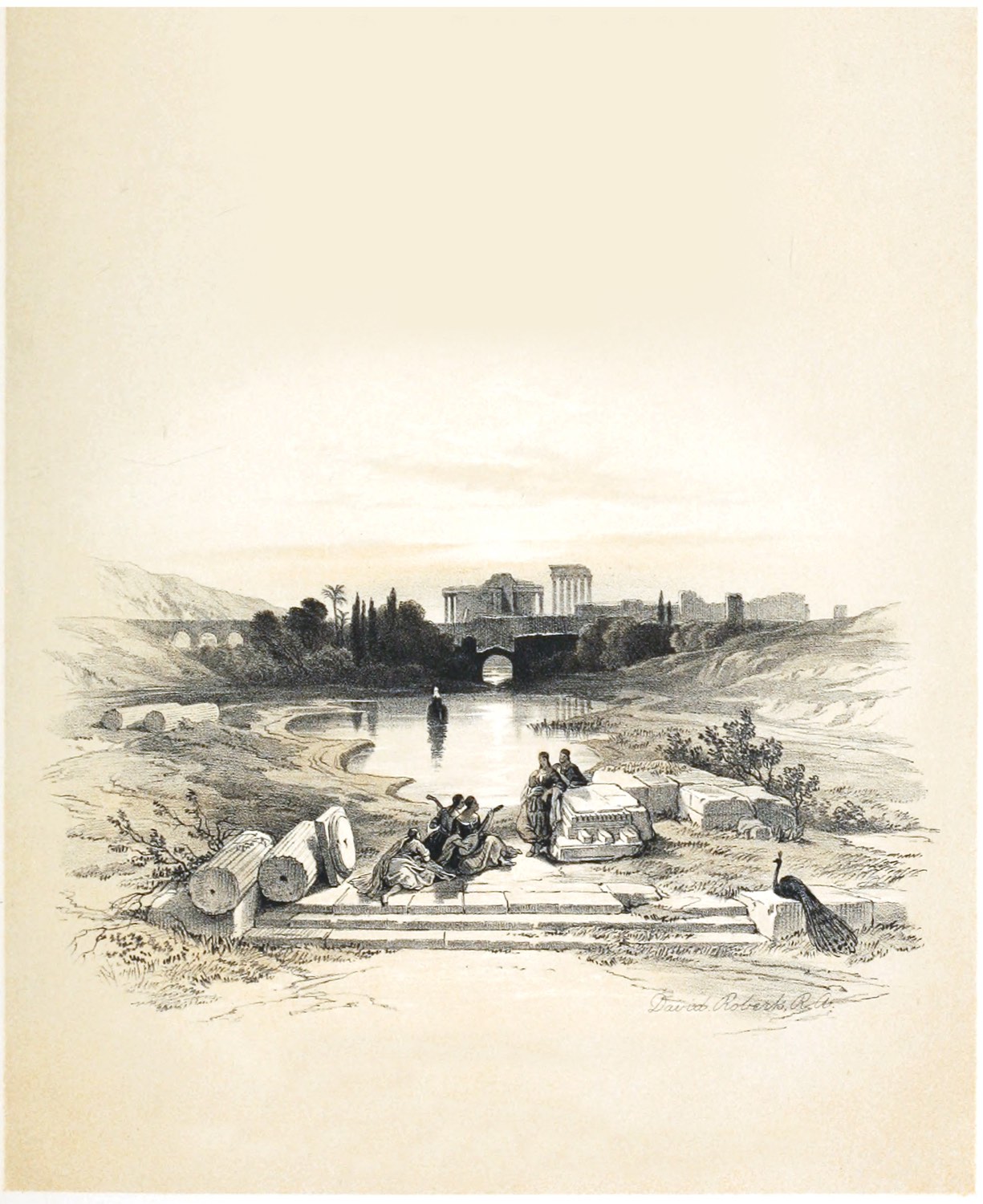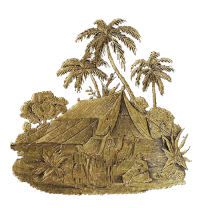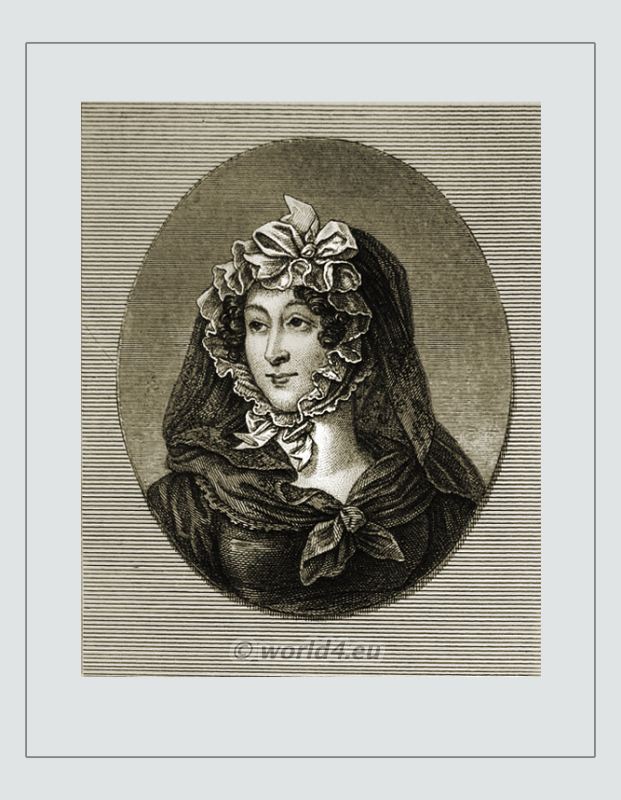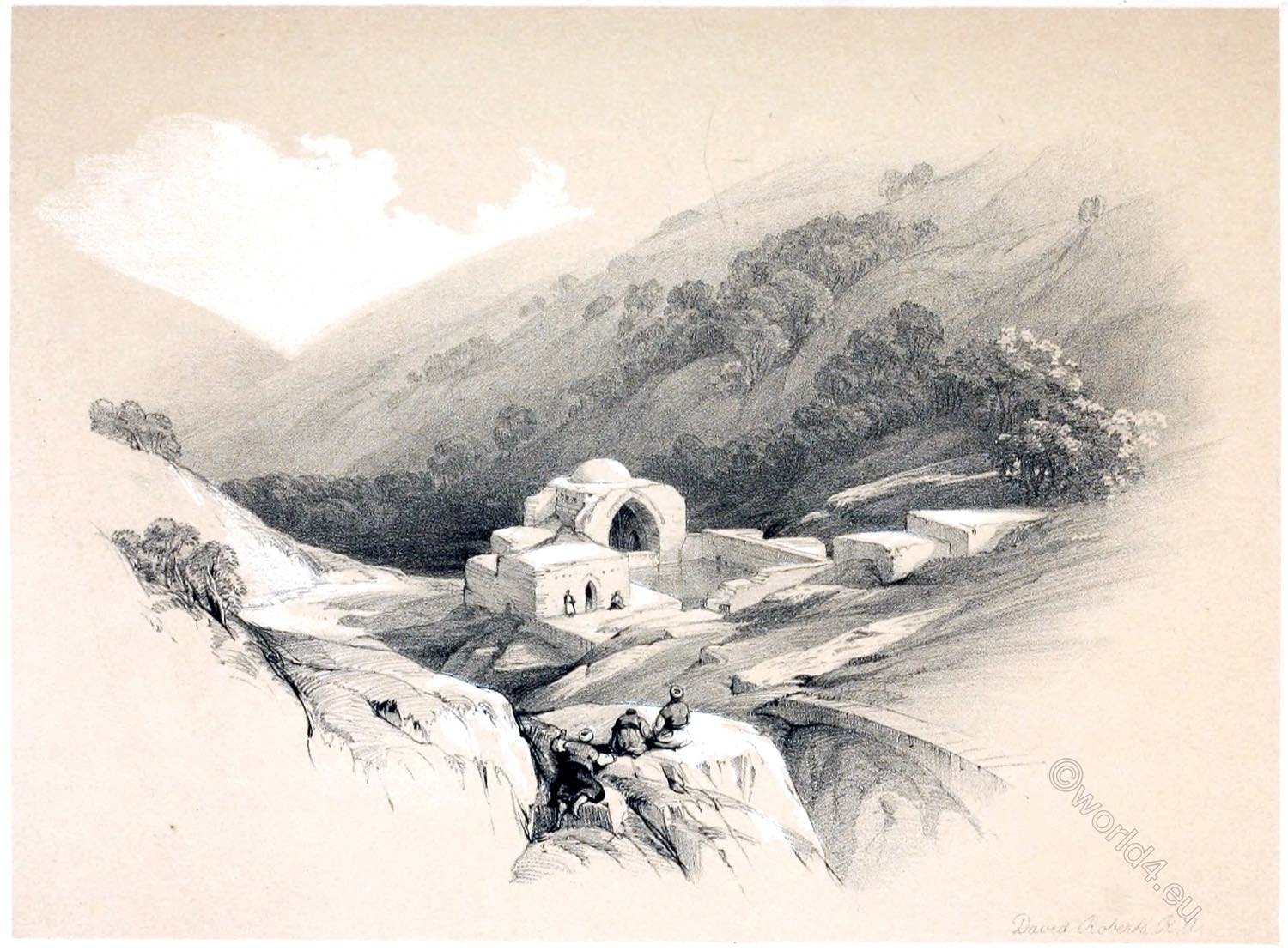The history of Baalbeck dates back to at least the end of the third millennium BC. Baalbek was a flourishing Phoenician city where the cult of Baal was celebrated by the Phoenicians and Canaanites. This oriental deity, god of lightning who also gave beneficial rains, formed with Astarte, the most popular divine couple in the Phoenician-Canaanite area.
The city was later called Heliopolis, “City of the Sun”. According to some hypotheses, this name was given to the Baalbek of the Hellenistic period, because the Greeks associated Helios, god of the Sun, with Adad, the Mesopotamian deity of Storm and Fertility. Others claim that the ancient city received its name in Roman times, when Mark Antony granted it to Cleopatra. The visible remains date back mainly to Roman times.
The city was designed on a classical plan. The streets were organised in a grid pattern on the basis of two main arteries, the decumanus and the cardo. The site has three main sanctuaries: those of Jupiter, Bacchus and Venus, built by the emperors Nero, Trajan, Hadrian and Antoninus the Pious.
Today Baalbek is a town in the Beqāʿ Valley, capital of a Lebanese district of the same name. Located east of the headwaters of the Leontes River, at an altitude of 1170 meters above sea level, Baalbek is famous for the monumental ruins of several Roman temples dating from the 2nd and 3rd centuries AD, when Baalbek, under the name Heliopolis housed an important sanctuary dedicated to Jupiter Heliopolitanus in the Roman province of Syria.

Pl. 45
BAALBEK, FROM THE FOUNTAIN — Title Vignette.
THE VIGNETTE ON THE TITLE-PAGE.
The grandeur of the ruins of Baalbek can best be appreciated by the large drawings in this Work of the eastern portico of the temple; of the doorway, so unrivalled in enrichment; and others of our illustrations of the remains of this extraordinary city; but from no point are the ruins of Baalbek seen in such picturesque combination as from the Fountain, where temples, bridges, water, and varied foliage, make up, with the ruined columns in the foreground, a scene of most singular beauty.
Source: The Holy Land, Syria, Idumea, Arabia, Egypt, & Nubia, by David Roberts, George Croly, William Brockedon. London: Lithographed, printed and published by Day & Son, lithographers to the Queen. Cate Street, Lincoln’s Inn Fields, 1855.
- The Temples of Baalbek in Lebanon.
- Interior of the Great Temple at Baalbek.
- The Holy Land, Syria, Idumea, Arabia, Egypt, & Nubia by David Roberts.

Continuing






